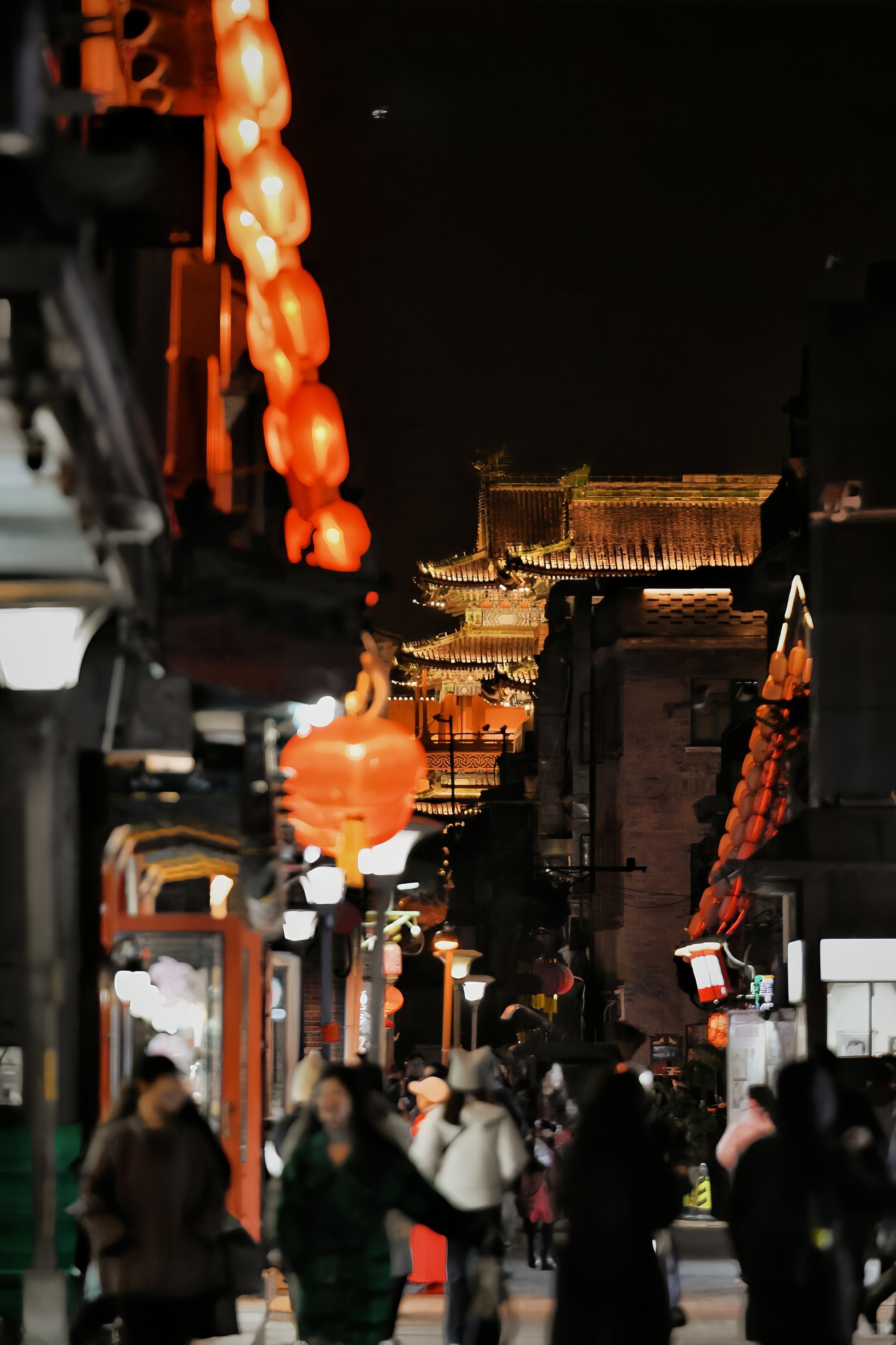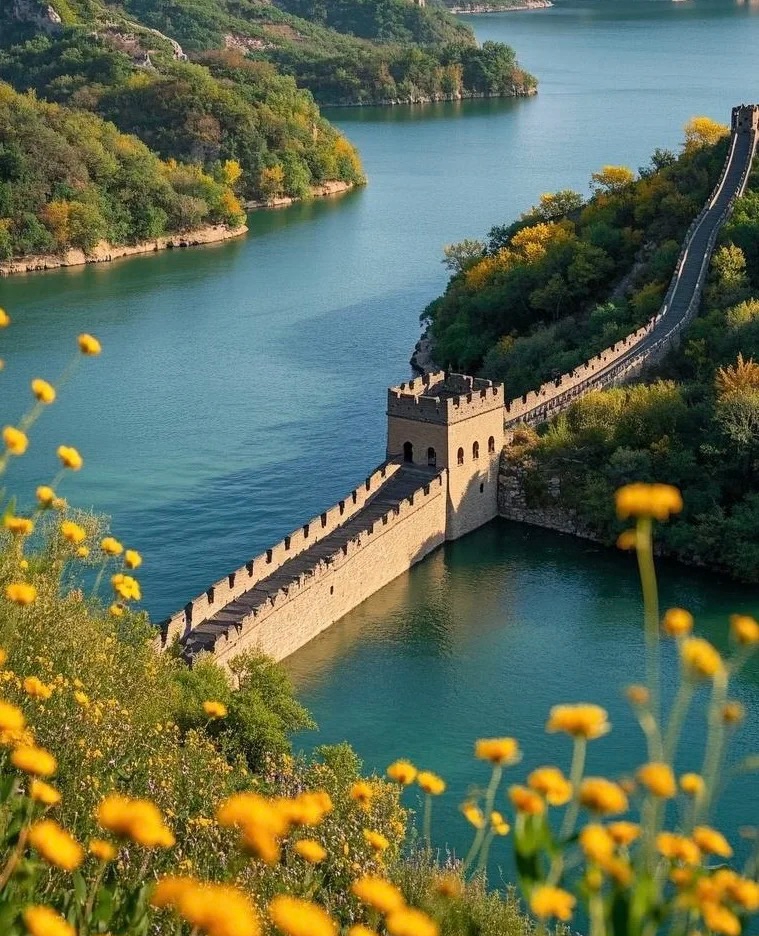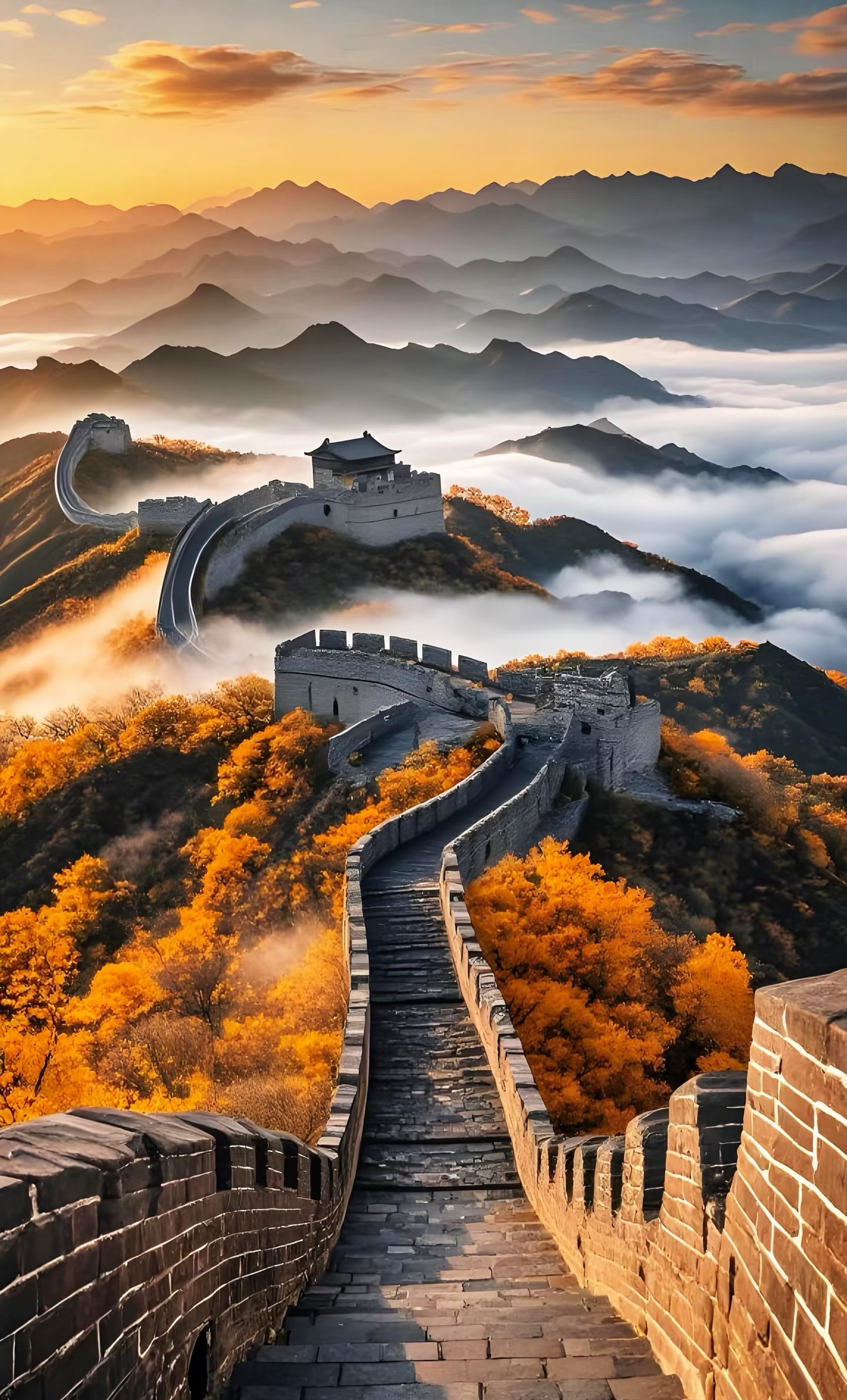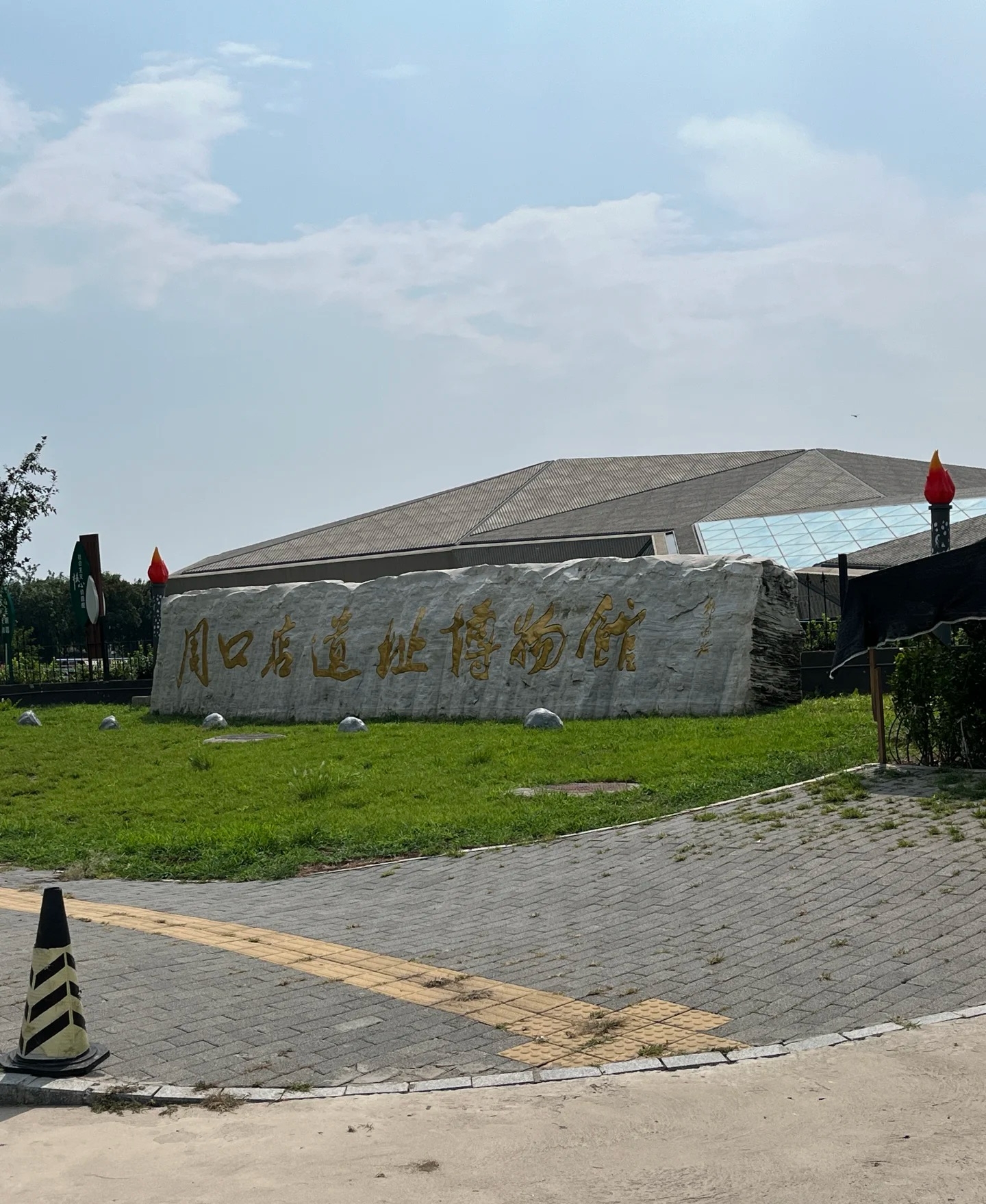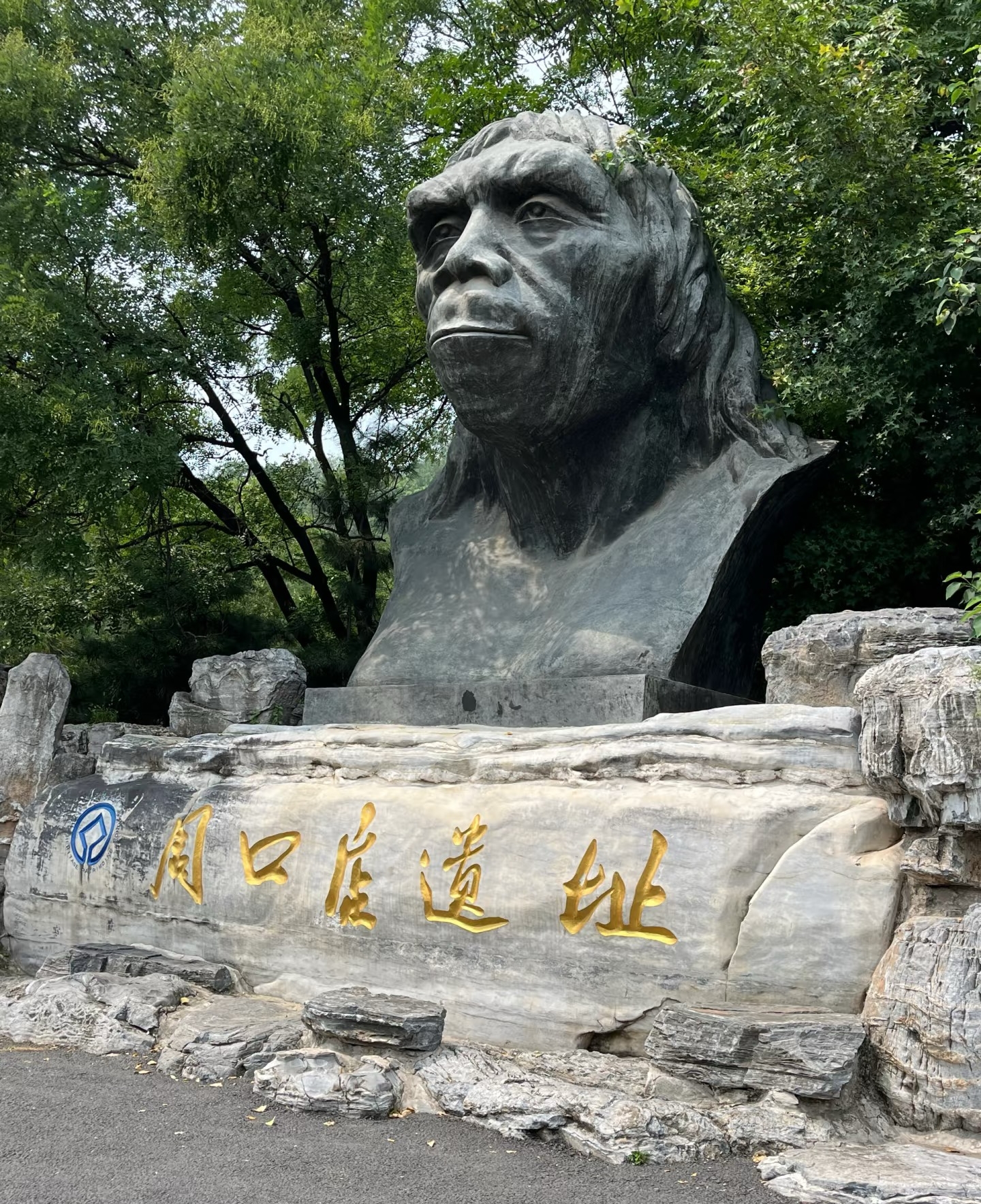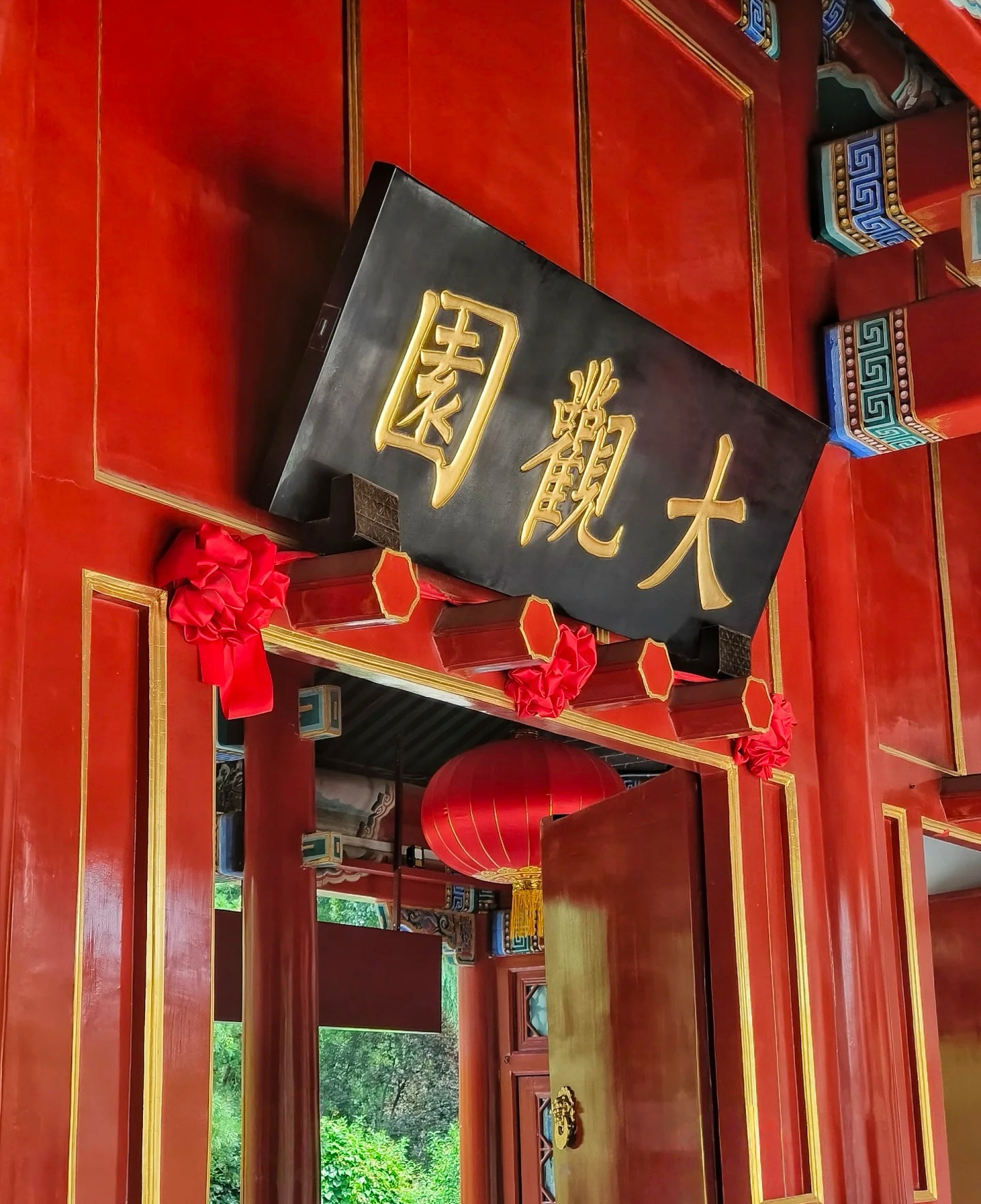

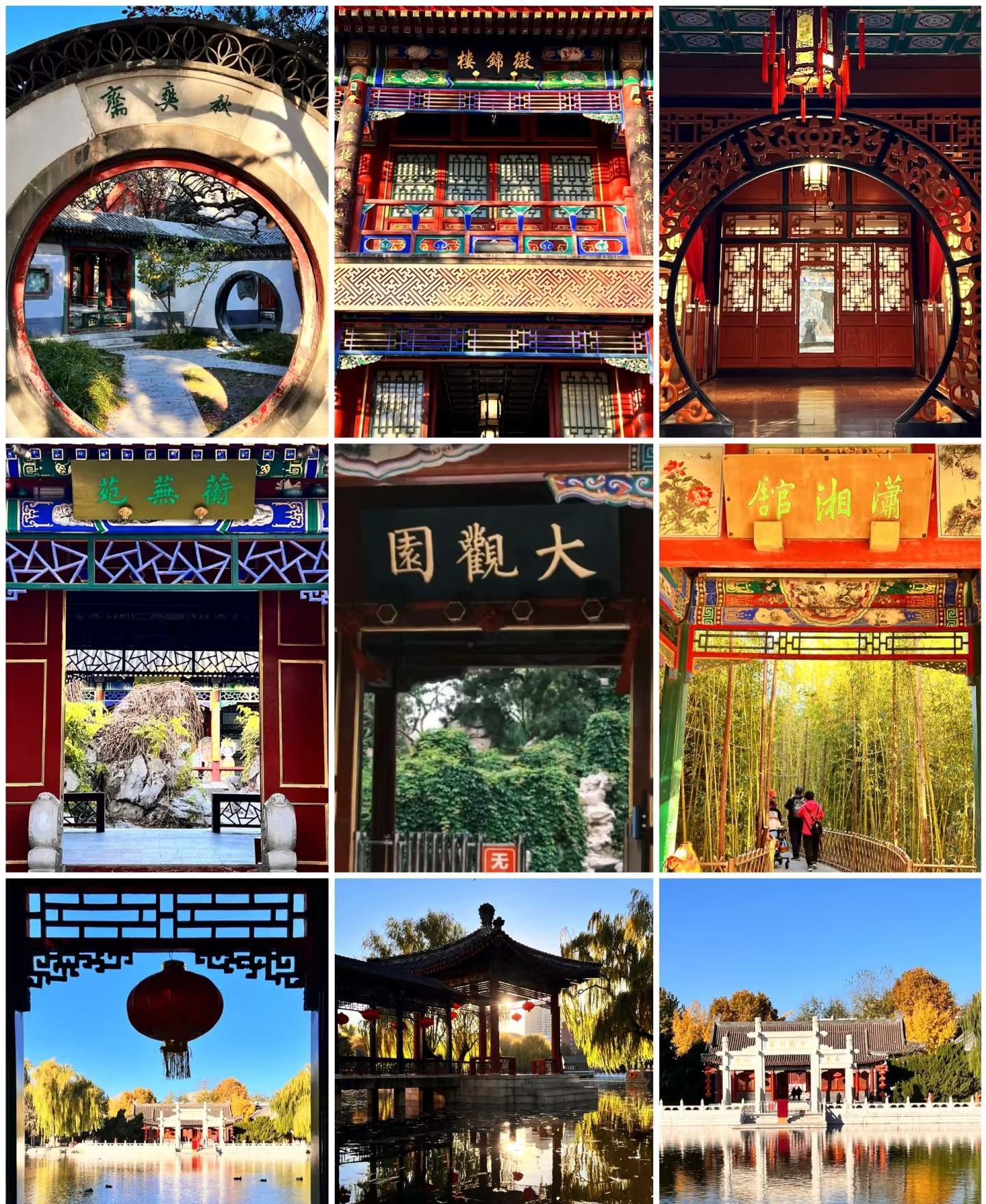
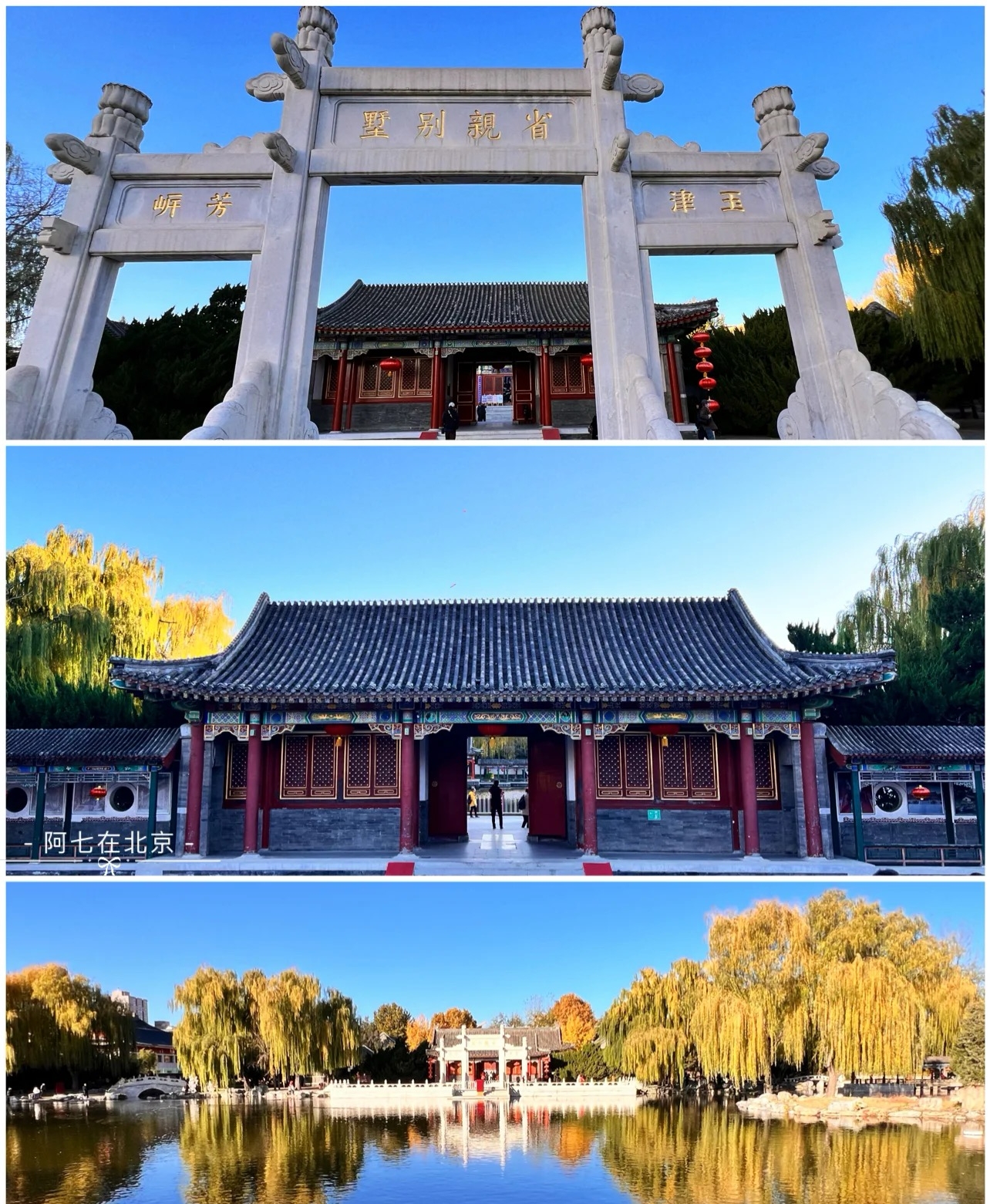
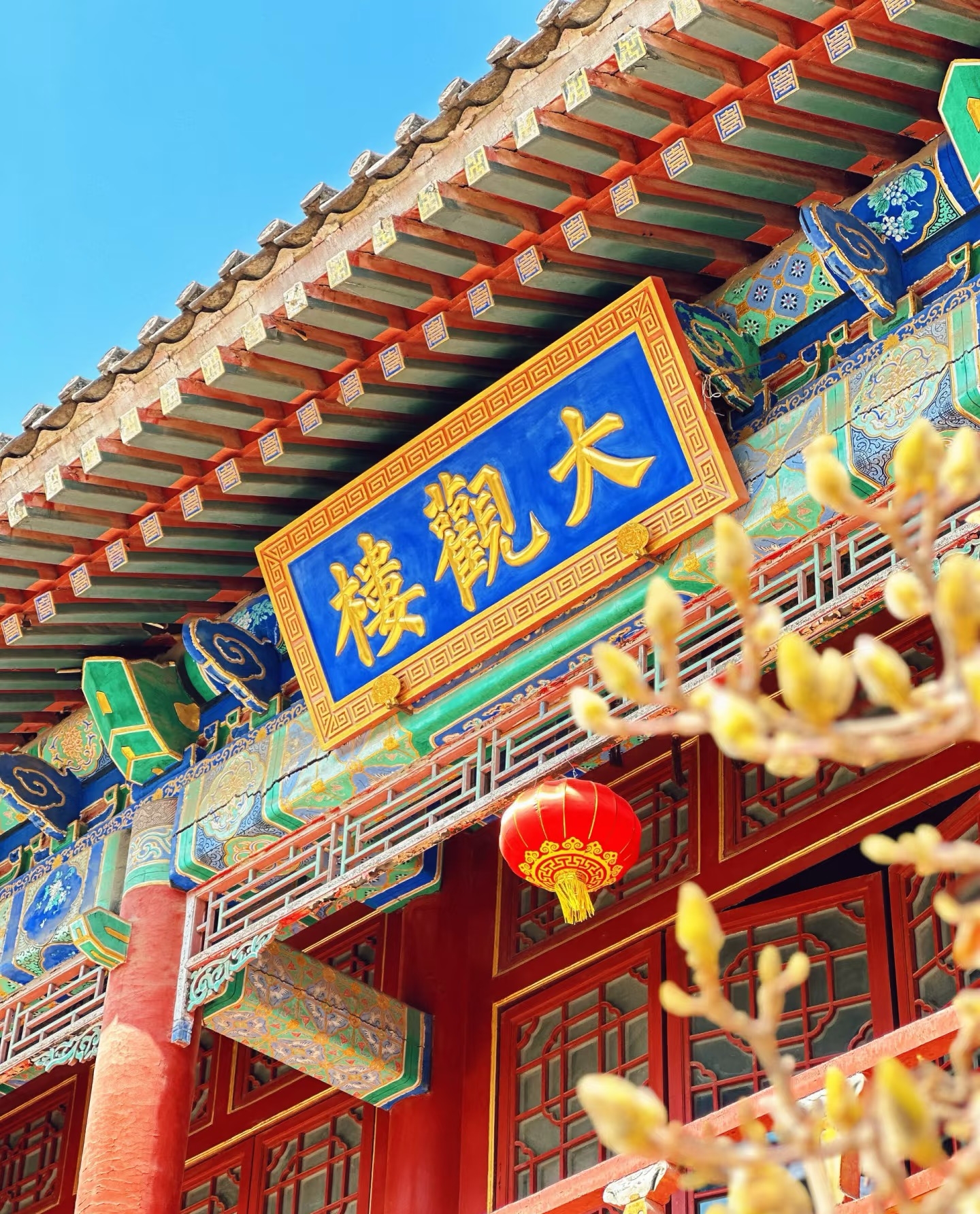

Grand View Garden
Grand View Garden (Daguanyuan) is a large landscaped garden that replicates the garden described in the classic Chinese novel "Dream of the Red Chamber." Built in 1984 for a TV adaptation of the novel, it faithfully reproduces the buildings, gardens, and scenic spots mentioned in the book. Visitors can experience the elegant lifestyle of Qing Dynasty aristocracy while exploring pavilions, halls, and beautiful landscapes.
Information
Ticket price
Time
Location
12 Nancaiyuan St, Xicheng District, Beijing, China
View maps
More about the trip
Grand View Garden: A Literary Landscape Come to Life
Grand View Garden (Daguanyuan) is a large landscaped garden that replicates the garden described in the classic Chinese novel "Dream of the Red Chamber." Built in 1984 for a TV adaptation of the novel, it faithfully reproduces the buildings, gardens, and scenic spots mentioned in the book. Visitors can experience the elegant lifestyle of Qing Dynasty aristocracy while exploring pavilions, halls, and beautiful landscapes, making it a unique cultural and historical attraction.
What to See and Do
Explore the Literary Scenes: Wander through the meticulously recreated scenes from "Dream of the Red Chamber." Each pavilion, rockery, and water feature is designed to evoke specific moments and settings from the novel, allowing fans to step directly into the story.
Traditional Architecture: Admire the exquisite traditional Chinese architecture, with its intricate carvings, painted beams, and classical garden design elements. The attention to detail in recreating the novel's setting is remarkable.
Character Residences: Visit the residences of the novel's main characters, such as the Grand View Garden itself, the Concubine Yuan's Palace, and the living quarters of Lin Daiyu and Xue Baochai.
Cultural Performances: The garden sometimes hosts cultural performances, such as traditional music, dance, or reenactments of scenes from the novel, adding to the immersive experience.
Exhibitions: Some areas within the garden may feature exhibitions related to the novel, its characters, and the culture of the Qing Dynasty, providing deeper insights into the literary and historical context.
Photography: The garden's beautiful scenery and traditional settings offer numerous opportunities for stunning photographs.
Best Time to Visit
Spring and autumn offer the most pleasant weather for exploring the outdoor garden. The garden is beautiful year-round. Weekdays are generally less crowded than weekends and public holidays.
How to Get There
Grand View Garden is located in Xicheng District. It is not directly accessible by metro. You can take various bus routes (e.g., 53, 59, 122, 458, 485, 604, 692, 717, 844, 939) to Daguanyuan Station (大观园站).
Travel Tips
Read the novel (or a summary): Having some familiarity with "Dream of the Red Chamber" will greatly enhance your appreciation of the garden.
Allow ample time: The garden is quite large, so plan for at least 2-3 hours to explore it thoroughly.
Wear comfortable shoes: You'll be doing a lot of walking on paved paths and bridges.
Embrace the literary journey: This garden is a unique blend of literature and landscape, so take your time to connect with the story.

